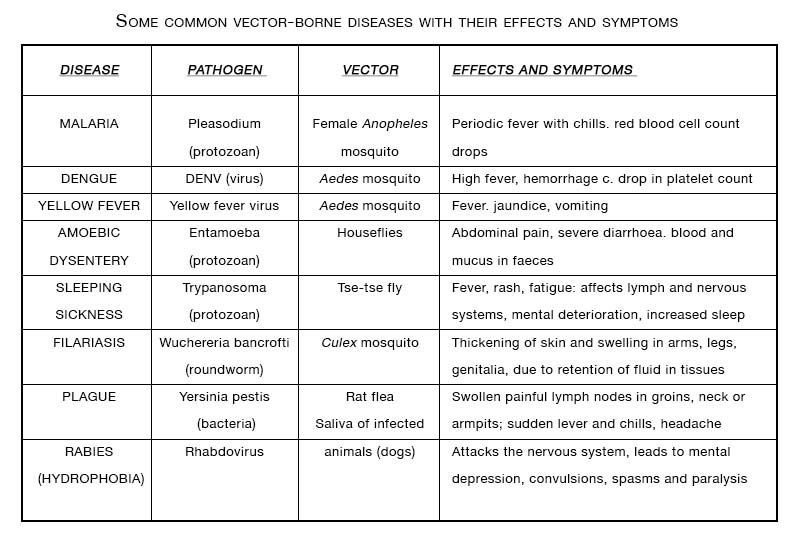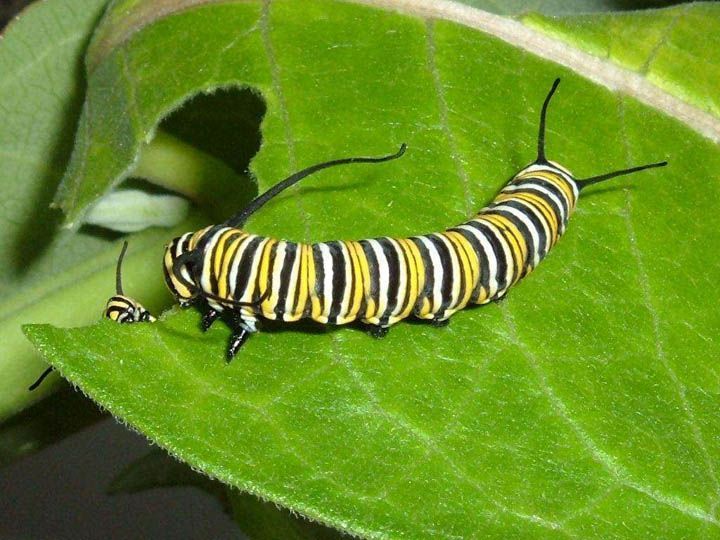Communicable diseases.
Diseases that are passed on by an infected person to a healthy person directly or indirectly are called communicable diseases.
They are caused by microorganisms such as bacteria, fungi, and protozoa and a group of parasitic worms.

Communicable diseases can spread from an infected person or unhealthy surroundings through air, water, food and other organisms called vectors.
They are classified as follows:
Air Borne
Diseases such as common cold, influenza, measles, tuberculosis, diptheria, whoopoing cough, chickenpox, and so on are transmitted through air.
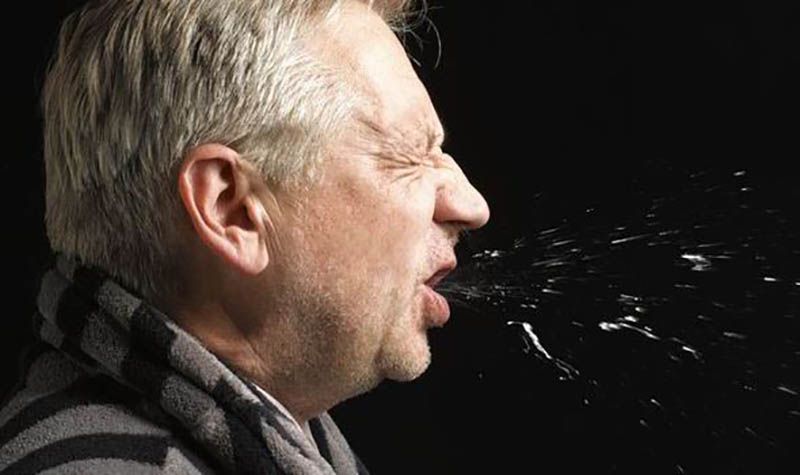
Bacteria of the disease are present in the saliva and mucus of infected people.
When they cough and sneeze, they spray droplets of saliva with germs in the air that are inhaled by other.

Such infections can be reduced if people cover their nose and mouth while sneezing and coughing.
Direct and Indirect Contact.
Infections like ringworm, athlete's foot, scabies and conjunctivitis spread by direct contact with an infected person, or by sharing articles used previously by the infected person.
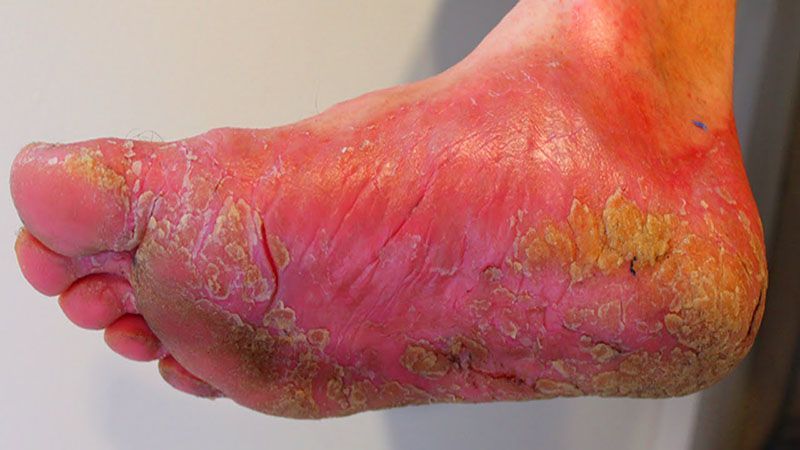
Common cold, flu, chickenpox, and measles often spread directly through direct and indirect contact with germs left of objects suh as door knobs faucets handles, towels, and drinking glasses by an infected person.
Water and Food Borne
Typhoid, dysentery, cholera, and hepatitis are some infections that spread through food and water.
Drinking contaminated water or brushing teeth with it or making ice from it leads to the spread of these diseases.

Unclean vegetables and fruits grown in soil contaminated with eggs of parasitic worms can cause infections in the alimentary canal causing vomiting and diarrhoea.
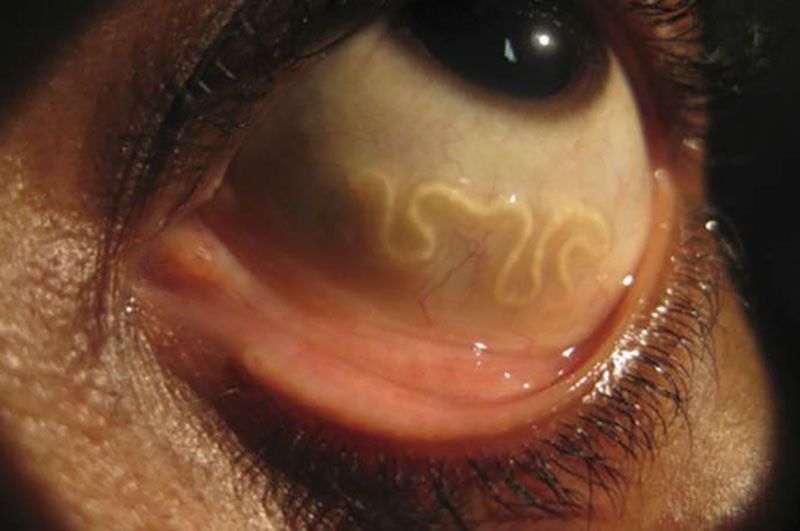
Larvae of parasitic worms are also found in uncooked and improperly cooked meat. Consumption of stale rotten unhygenically stored food can cause food poisoning and botulism.
Vectors are organisms which carry pathogens from a source fo infection to a healthy individual without getting affected themselves.
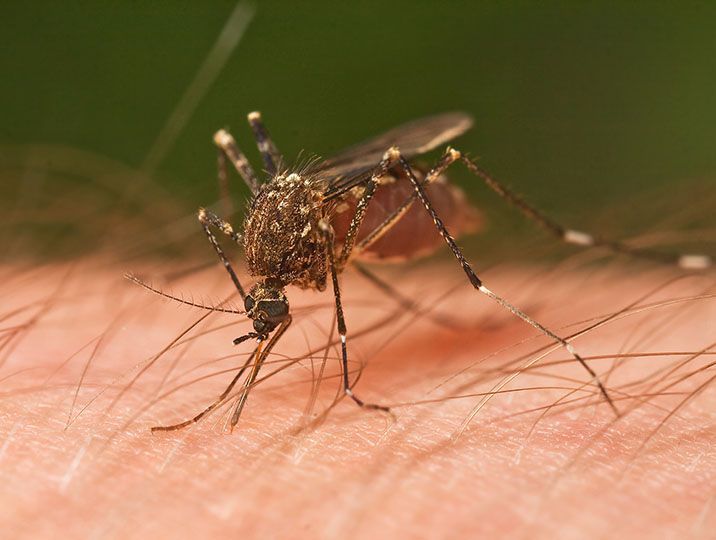
Mosquitoes, houseflies, ticks, mites as well as mammals like rats and dogs are some vectors that spread dangerous infections.
Let's have a look at some common vector borne infection.
